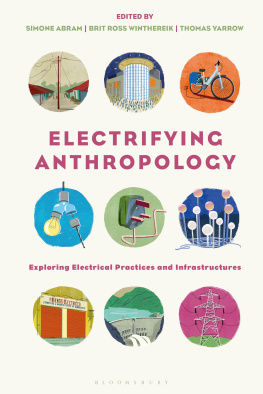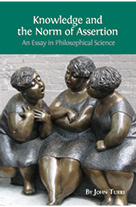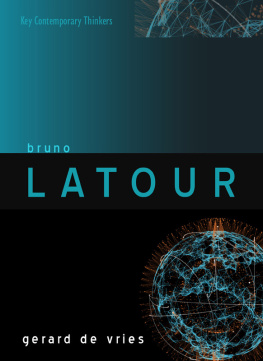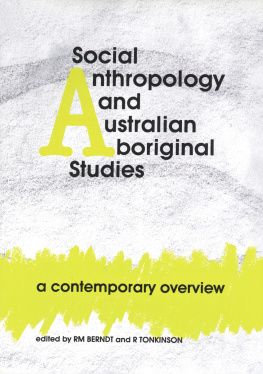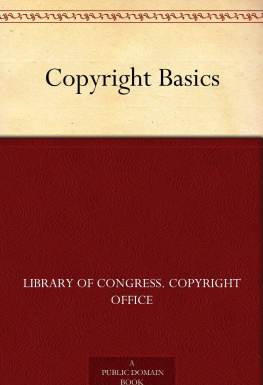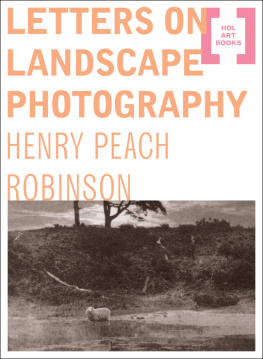The Negrito and Allied Types in the Philippines
By David P. Barrows
[Reprinted from the American Anthropologist , Vol. 12, No. 3, JulySept., 1910.]
Nine years of residence and travel in the Philippines have produced the conviction that in discussions of the ethnology of Malaysia, and particularly of the Philippines, the Negrito element has been slighted. Much has been made of the Indonesian theory and far too much of pre-Spanish Chinese influence, but the result to the physical types found in the Philippines of the constant absorption of the Negrito race into the Malayan and the wide prevalence of Negrito blood in all classes of islanders has been generally overlooked.
The object of this paper is to present some physical measurements of the Negrito and then of several other pagan peoples of the islands whose types, as determined by measurement and observation, reveal the presence of Negrito blood.
The physical measurements here given were taken by me at various times between 1901 and 1909. They were taken according to the methods of Topinard (lments dAnthropologie Gnrale) and are discussed in accordance with his system of nomenclature.
The first Negritos measured are members of a little community on the south slope of Mount Mariveles in the province of Bataan. They are of a markedly pure type. While it is usual to find Negrito communities considerably affected by Malayan blood, in this case I doubt if there is more than a single individual who is not of pure Negrito race. Nine men and ten women, all adults, practically the entire grown population of this group, were measured. Although this is a small number, the surprising uniformity of characteristics in all practically assures us that in these individuals we have the normal, pure type of Negrito, which may be used as a standard for comparison with other peoples.
The stature of these nine men and ten women arranged serially appears below:
| Men | Women |
| 1374 | 1266 |
| 1381 | 1292 |
| 1435 | 1305 |
| 1439 | 1326 |
| 1440 = mean | 1341 |
| 1467 | 1375 |
| 1495 | 1385 |
| 1526 | 1396 |
| 1532 | 1400 |
| 1460 |
These figures give an extreme variation of 158 mm. for the men and 194 mm. for the women. The mean stature for men is 1440, the average 1454, and for the women 13411375 and 1354 respectively. These, it scarcely need be said, are extremely low statures, perhaps as low as have ever been recorded on any group of people. According to Topinards nomenclature they are all distinctly pigmy.
In every individual the extreme reach of the arms (grande envergure) exceeded the stature. In the men the excess varied from 30 mm. to 139 mm. and in the women from 23 mm. to 102 mm. This measurement shows the Negritos to have unusually long arms. In yellow races the arm-reach is about equal to the stature, and in the white race it is usually a little above. I think we may take this excessive reach of arms to be a truly Negrito character.
The cephalic and nasal indices for both men and women are next given:
Cephalic Index
| Men | Women |
| 80 | 78 |
| 80 | 79 |
| 80 | 81 |
| 80 | 81 |
| 82 | 82 |
| 82 | 87 |
| 82 | 93 |
| 87 |
| 88 |
Nasal Index
| Men | Women |
| 84 | 79 |
| 90 | 86 |
| 90 | 90 |
| 91 | 92 |
| 95 | 92 |
| 97 | 92 |
| 98 | 97 |
| 98 | 98 |
| 100 | 98 |
| 109 |
Topinards nomenclature for cephalic index is as follows:
| Long heads (dolichocephalic) | 74 and below |
| Medium heads (mesaticephalic) | 75 to 79 |
| Broad or round heads (brachycephalic) | 80 to 90 |
Thus with two exceptions our Negritos are decidedly round headed or brachycephalic. The exceptions are two women (indices 78 and 79), who in other respects are typical. The first had the lowest stature recorded (1266 mm.) and her arm-reach exceeded her stature by 57 mm. Her nose was very broad and flat (index 98), hair kinky, color and other characters those of the pure Negrito. The second woman was without obvious indication of mixed blood, but her nasal index was only 79 or mesorhinian, and this even more than her head form would suggest the probability of some Malay blood. I think we must conclude, then, that the head form of the Negrito, while usually decidedly round, has considerable variation and approaches mesaticephaly.
Topinards nomenclature for nasal index is, for the living:
| Broad and flat noses (platyrhinian) | 108 to 87.9 |
| Medium noses (mesorhinian) | 81.4 to 69.3 |
| Thin, high noses (leptorhinian) | 69.4 to 63 |
Those familiar with Topinards monumental work will recall the particular importance he gives to the nasal index, and how he shows that it is perhaps the most exact character for classifying races; all white races being leptorhinian, the yellow mesorhinian, and the black or negro races platyrhinian. Indeed the presence of a markedly platyrhinian type of nose may almost be taken as clear proof of negro derivation. The nasal index of Negritos, as would be expected in a race whose outward characters are so obviously negroid, is exceptionally high or platyrhinian. Again the figures for men and women are arranged serially so as to show the mean and variation.
Nasal Index
| Men | Women |
| 84 | 79 |
| 90 | 86 |
| 90 | 90 |
| 91 | 92 |
| 95 | 92 |
| 97 | 92 |
| 97 | 97 |
| 98 | 98 |
| 100 | 98 |
| 109 |
All of these nasal indices, with the sole exception of the woman mentioned above, are below mesorhinian or pronouncedly platyrhinian and negroid.
The shape of the Negrito nose is peculiar and after it has once been carefully observed can be easily recognized. The root is deeply depressed from a smooth and rounding forehead, the bridge is short and low, and the end rounding and bulbous. Sometimes, but not usually, the nostrils are horizontally visible. The apertures of the nostrils are very flat and their direction almost parallel with the plane of the face.
It has been repeatedly asserted that the body color of the Negrito is black, but this is a gross exaggeration. It is a dark brown, several shades darker than the Malay, with a yellowish or saffron undertone showing on the less exposed parts of the body. As compared with the lighter colored peoples about him his color is pronounced enough to warrant the appellation of negro which is applied to him, but this term must not be considered as other than a popular description.



